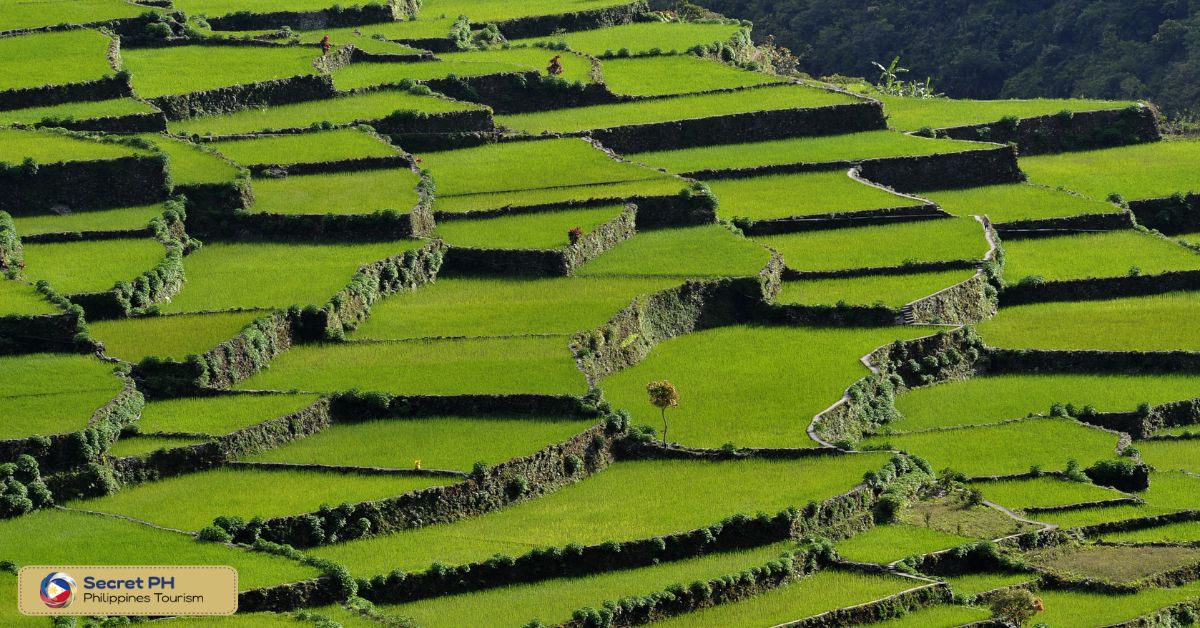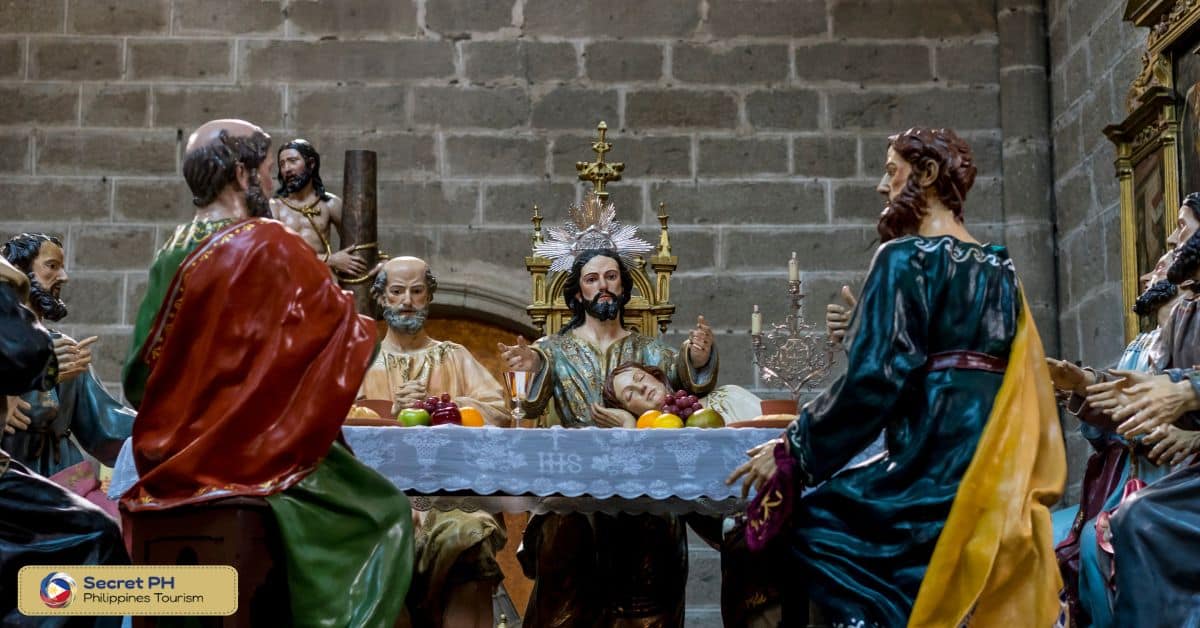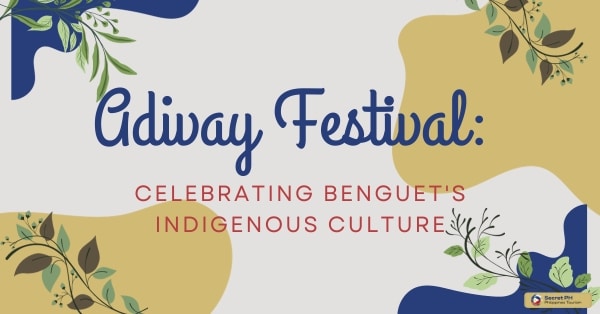Discover Abra’s cultural heritage through vibrant events and performances. Experience traditional dances like Salidsid and Lattok. And admire intricate arts and crafts such as Abel cloth, pottery, and woodcarvings. Engage in religious ceremonies during Holy Week and explore the Kankanaey rituals. Immerse in Abra’s rich traditions and cultural identity.
Are you looking for a unique way to experience the culture of Abra, Philippines? Look no further! From traditional music and dances to puppet shows. There are many cultural events and performances in Abra that will give you an authentic taste of the local traditions.
In this blog post, we’ll explore some of the most popular cultural events and performances in Abra and provide a deeper insight into the culture of this beautiful region. So if you’re ready to discover what makes Abra so special, read on!

Overview of Abra Province and Its Culture
Abra Province, located in the Cordillera Administrative Region of the Philippines, boasts of its rich and distinct cultural heritage. Known as the traditional homeland of the Tingguians. An indigenous group in the country, Abra Province has a lot to offer in terms of traditions and customs.
Its unique blend of indigenous, Spanish, and American influences can be seen in its cuisine, music, dance, and traditional garments. Visitors can witness the ‘Tadek’ festival, a celebration of the harvest season. Where locals showcase their intricate weaving skills and traditional dances.
Another must-see attraction is the Boliney Rice Terraces, a UNESCO World Heritage Site. That reflects the harmony between the environment and the culture of the Tingguians. Immerse yourself in Abra’s cultural heritage and experience its diverse traditions firsthand.

Traditional Dances in Abra
Abra, a province in the Philippines known for its rich cultural heritage. Boasts a vibrant tradition of traditional dances and music that reflects the local customs, history, and way of life. These artistic expressions play a significant role in preserving and promoting the region’s cultural identity.
Salidsid
Salidsid is a captivating dance form that originated from the indigenous Kankanaey and Bontoc tribes of Abra. It involves graceful movements accompanied by rhythmic beats from gongs and bamboo instruments.
The dancers showcase their agility and skill through intricate footwork and hand gestures, often depicting aspects of daily life, rituals, and nature.

Lattok
Lattok is a lively dance performed by the Ilocano people in Abra. It showcases the energetic and joyous spirit of the community. Dancers form a circle and move to the rhythm of traditional music played by instruments such as the guitar, banduria (a stringed instrument), and accordion.
The choreography often incorporates lively steps, jumps, and gestures, creating an atmosphere of celebration and camaraderie.

Binnadang
Binnadang is a traditional warrior dance that originated from the Tingguian tribe in Abra. It is performed by men dressed in warrior attire, complete with shields and spears.
The dance depicts a simulated battle scene, with synchronized movements and choreographed fight sequences, showcasing the bravery, strength, and skill of the Tingguian warriors.

Experiencing Abra’s Arts and Crafts
Abra, a province in the Philippines known for its rich cultural heritage, offers a diverse array of arts and crafts that showcase the creativity, craftsmanship, and traditions of the local communities. Immersing oneself in the world of Abra’s arts and crafts is not only a visual delight but also an opportunity to appreciate the skill and talent passed down through generations.
Weaving and Textiles
Abra is renowned for its weaving traditions, particularly the Abel cloth. Abel, a handwoven textile, is meticulously crafted using traditional wooden looms and intricate patterns.
Visiting the weaving communities in Abra provides an opportunity to witness the skillful weavers in action, observe their techniques, and even try their hand at weaving. The vibrant colors and patterns of Abel cloth are often used to create traditional clothing, accessories, and home décor items.

Pottery and Ceramics
The pottery industry in Abra dates back centuries and is still thriving today. Skilled potters create functional and artistic pottery pieces using traditional techniques passed down through generations.
From clay extraction to shaping, firing, and glazing, the pottery-making process is an intricate art form. Visitors can visit pottery workshops, watch the artisans at work, and even participate in pottery classes to create their own unique clay masterpieces.

Woodcarving
Woodcarving is another prominent craft in Abra, showcasing the province’s affinity for creating intricate wooden sculptures, furniture, and decorative items. Skilled artisans meticulously carve wooden blocks into intricate designs, often depicting local flora, fauna, or mythological figures.
Exploring the woodcarving workshops allows visitors to witness the craftsmanship involved and appreciate the fine details and skill that go into creating these exquisite pieces.

Religious and Spiritual Ceremonies in Abra’s Cultural Calendar
The cultural calendar of Abra is filled with various religious and spiritual ceremonies that play a significant role in the lives of the local communities. These ceremonies are a testament to the province’s strong faith, traditional beliefs, and the intertwining of religion with the fabric of everyday life.
Semana Santa (Holy Week)
Semana Santa, or Holy Week, is a significant religious observance in Abra and throughout the Philippines. It commemorates the passion, death, and resurrection of Jesus Christ. During this week, various rituals and processions take place.
Including the Pabasa (the chanting of the Passion narrative), Stations of the Cross, and reenactments of the Crucifixion. The atmosphere is filled with piety and devotion, as communities come together to reflect on the sacrifice of Christ.

Piat Basilica Pilgrimage
The Piat Basilica in Abra is a popular pilgrimage site, drawing thousands of devotees each year. The centerpiece of the basilica is the Nuestra Señora de Piat (Our Lady of Piat), a venerated statue of the Virgin Mary.
The pilgrimage to Piat is a spiritual journey for many believers who seek solace, healing, and blessings. The devotees participate in processions, offer prayers, and engage in acts of devotion to express their faith and seek intercession from the Virgin Mary.

Kankanaey Rituals
The Kankanaey, an indigenous group in Abra, have their own unique religious and spiritual ceremonies deeply connected to their animistic beliefs. These rituals are performed to seek blessings, protection, and guidance from the spirits of nature and their ancestors.
The Kankanaey rituals often involve offerings, chants, dances, and sacrifices, with each ceremony tailored to specific occasions such as harvest festivals, weddings, and healing rituals.

In conclusion
Cultural events and performances in Abra are not just a colorful display of local traditions; they are a vibrant testimony to the Philippines’ rich and varied cultural heritage. These events offer a glimpse into the lives and beliefs of the Abra people and allow visitors to immerse themselves in the local culture.
From the Kawayan Festival, which showcases the region’s bamboo industry, to the Abra Heritage Expo, where traditional dances and music take center stage, these events celebrate the timeless traditions of the region.
By participating in these events, visitors can gain a deep appreciation for Abra’s cultural identity and the legacy of its people. Undoubtedly, these cultural events and performances are an exceptional way to experience the depth and diversity of Philippine culture.








